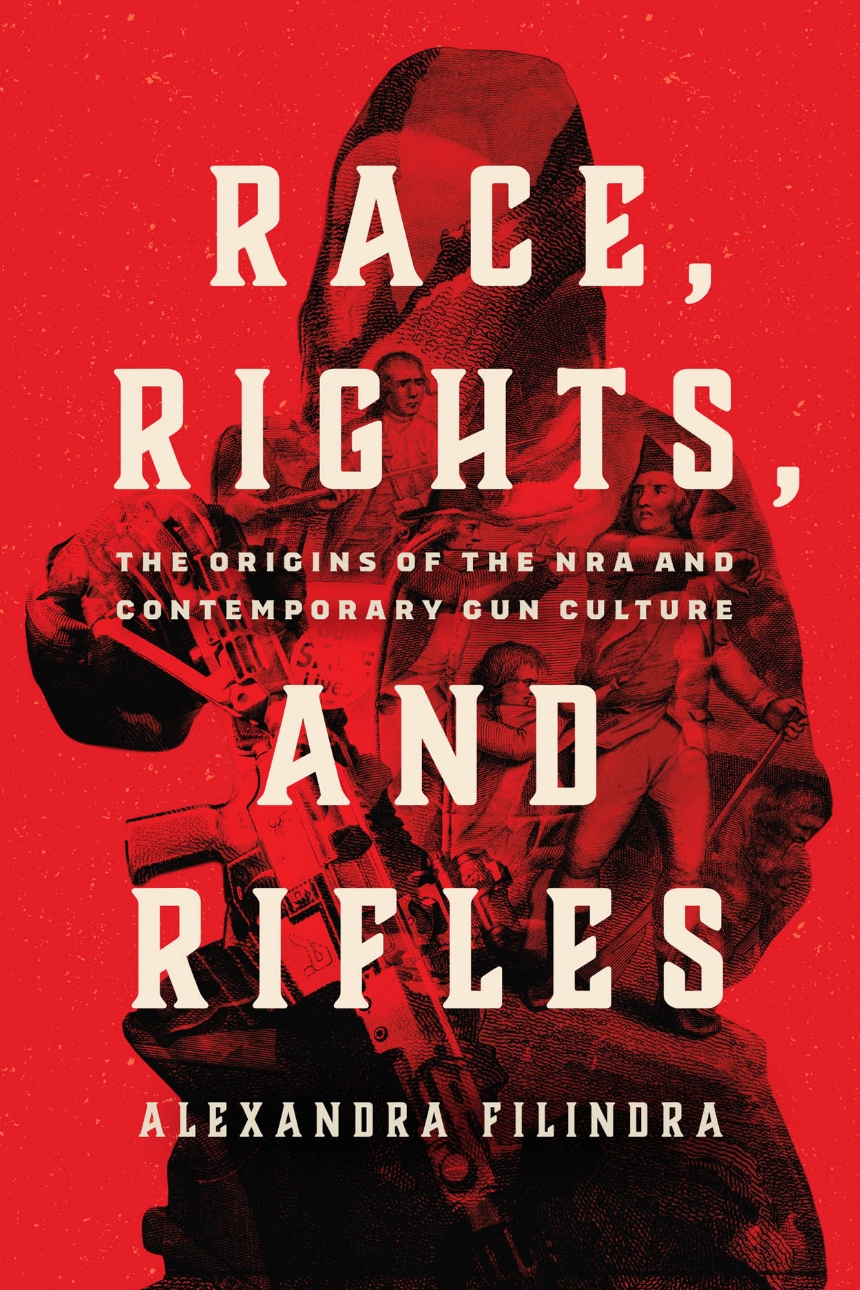Race, Rights, and Rifles
The Origins of the NRA and Contemporary Gun Culture
Race, Rights, and Rifles
The Origins of the NRA and Contemporary Gun Culture
An eye-opening examination of the ties between American gun culture and white male supremacy from the American Revolution to today.
One-third of American adults—approximately 86 million people—own firearms. This is not just for protection or hunting. Although many associate gun-centric ideology with individualist and libertarian traditions in American political culture, Race, Rights, and Rifles shows that it rests on an equally old but different foundation. Instead, Alexandra Filindra shows that American gun culture can be traced back to the American Revolution when republican notions of civic duty were fused with a belief in white male supremacy and a commitment to maintaining racial and gender hierarchies.
Drawing on wide-ranging historical and contemporary evidence, Race, Rights, and Rifles traces how this ideology emerged during the Revolution and became embedded in America’s institutions, from state militias to the National Rifle Association (NRA). Utilizing original survey data, Filindra reveals how many White Americans —including those outside of the NRA’s direct orbit—embrace these beliefs, and as a result, they are more likely than other Americans to value gun rights over voting rights, embrace antidemocratic norms, and justify political violence.
368 pages | 17 halftones, 31 line drawings, 8 tables | 6 x 9 | © 2023
Chicago Studies in American Politics
History: American History
Political Science: American Government and Politics, Race and Politics
Reviews
Table of Contents
Introduction
Part One: Historical Foundations
Chapter 1
Republican Ideology in Early America
Chapter 2
An Exclusive Vision of Virtue and Citizenship
Chapter 3
Militias and the Institutionalization of Ascriptive Republicanism
Chapter 4
Cultural Transmission
Part Two: The Origins and Worldview of the NRA
Chapter 5
The Emergence of the NRA
Chapter 6
An Organization of White Men
Chapter 7
Political Virtue
Chapter 8
Political Corruption
Chapter 9
The NRA’s Theory of Democracy
Part Three: Ascriptive Republicanism in Contemporary White Public Opinion
Chapter 10
Ascriptive Republicanism and White Gun Attitudes Today
Chapter 11
From “Stand Your Ground” to “Stand Back and Stand By”
Conclusion
Democratic Stability in Peril
Acknowledgments
Notes
Index
